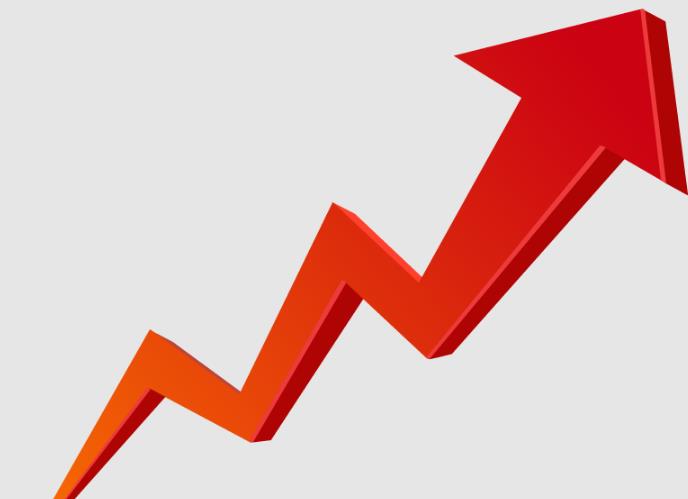The US stock market ended mostly higher on Friday, as investors welcomed the start of the holiday shopping season and shrugged off concerns about the new coronavirus variant. The Dow Jones Industrial Average rose 0.4%, while the S&P 500 gained 0.2%. The Nasdaq Composite, however, slipped 0.2%, as some technology stocks came under pressure.
One of the main drivers of the market’s optimism was the strong performance of the retail sector, which benefited from the Black Friday sales. According to Adobe Analytics, online spending on Black Friday reached $8.9 billion, up 18% from last year and the second-highest online spending day in US history. The data also showed that consumers spent an average of $312 per order, up 12% from last year.

The robust online sales reflected the consumer confidence in the US economy, as well as the preference for e-commerce amid the pandemic. Many retailers offered early and extended discounts online, while limiting in-store traffic and hours to prevent the spread of the virus. Some of the most popular items purchased online included laptops, video games, Lego sets, Apple AirPods, and Samsung TVs.
New virus variant poses a risk to the recovery
Despite the upbeat mood in the market, some investors remained cautious about the potential impact of the new coronavirus variant, which was first detected in South Africa and has been reported in several other countries, including the UK, Germany, and Canada. The World Health Organization (WHO) has classified the variant as a “variant of concern”, saying that it may have increased transmissibility and immune evasion.
The emergence of the new variant has prompted some countries to impose travel bans and restrictions, raising fears of another wave of infections and lockdowns that could derail the global economic recovery. The US has announced that it will ban travel from South Africa and seven other countries in the region starting on Monday, while the European Union has urged its members to coordinate their response to the variant.
The market reaction to the new variant was mixed, as some sectors, such as airlines, hotels, and cruise operators, suffered losses, while others, such as biotechnology, health care, and e-commerce, gained. Some analysts said that the variant could pose a short-term risk to the market, but it was unlikely to derail the long-term trend of growth and recovery, especially with the availability of vaccines and treatments.
Market outlook for the rest of the year
As the holiday shopping season continues, investors will also be watching the economic data and the policy developments in the US and abroad. Some of the key events and indicators to look out for include:
- The Cyber Monday sales, which are expected to set a new record of $11.3 billion, according to Adobe Analytics.
- The November jobs report, which will be released on Friday and will provide an update on the labor market recovery. Analysts expect the US economy to have added 550,000 jobs in November, down from 531,000 in October, while the unemployment rate is expected to drop to 4.5%, from 4.6%.
- The Federal Reserve’s meeting on December 14-15, which will likely signal the start of the tapering of its bond-buying program, which has been supporting the market since the pandemic. The Fed is expected to reduce its monthly purchases of Treasury and mortgage-backed securities by $15 billion, from $120 billion currently, and to provide guidance on the timing and pace of future reductions.
- The negotiations on the US fiscal stimulus package, which have been stalled for months due to the political gridlock in Congress. The Democrats and the Republicans have been unable to agree on the size and scope of the package, which is aimed at providing relief and support to the households, businesses, and state and local governments affected by the pandemic. The deadline for reaching a deal is December 3, when the current funding for the government expires.
The market outlook for the rest of the year is generally positive, as most analysts expect the US economy to maintain its momentum and the corporate earnings to continue to grow. However, some challenges and uncertainties remain, such as the new virus variant, the inflation pressures, the supply chain disruptions, and the geopolitical tensions. Therefore, investors should be prepared for some volatility and diversify their portfolios accordingly.
